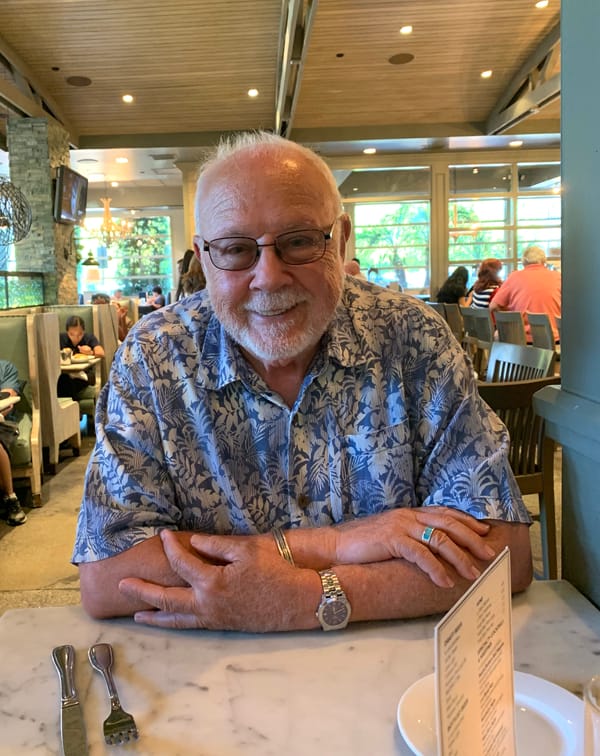Travel | Vignettes Vol.1 No.1
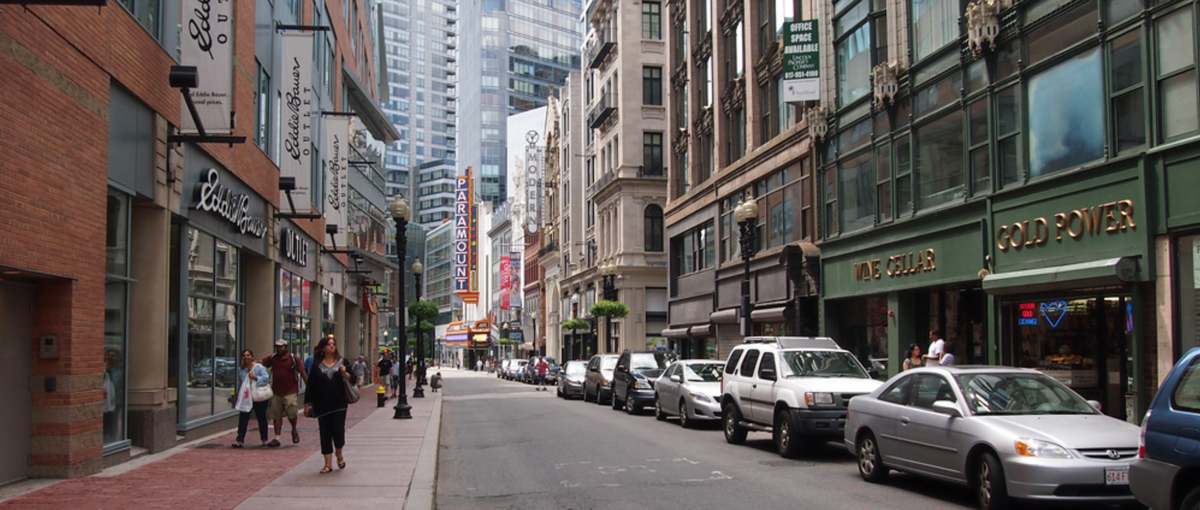
Downtown Crossing, Boston, Massachusetts
© 2020 by Vernon Miles Kerr, VernonMilesKer.com
Tax-deductible business travel is one of the blessings of what has recently been dubbed “gig-work.” Gig workers take on short term projects, usually as independent contractors. Along with the tax benefit is a personal one: These extended stays for business can offer immersive experiences into some great cities. I spent twenty years in gig-work, as a software road-warrior. In those years, I had many such experiences. The most memorable one was my 2004 deep-soak in the Downtown Crossing neighborhood of Boston.
Back in 1975, without realizing it, I had buzzed through “Crossing” during a quick trip to the area for technical training. The school was out in Waltham, MA. But before dropping me off at Logan International, for my flight back to California, some friends were kind enough to take me on a whirl-wind, drive-by-tour of Boston.
“There’s Chinatown,” they pointed out, as it whooshed by outside.
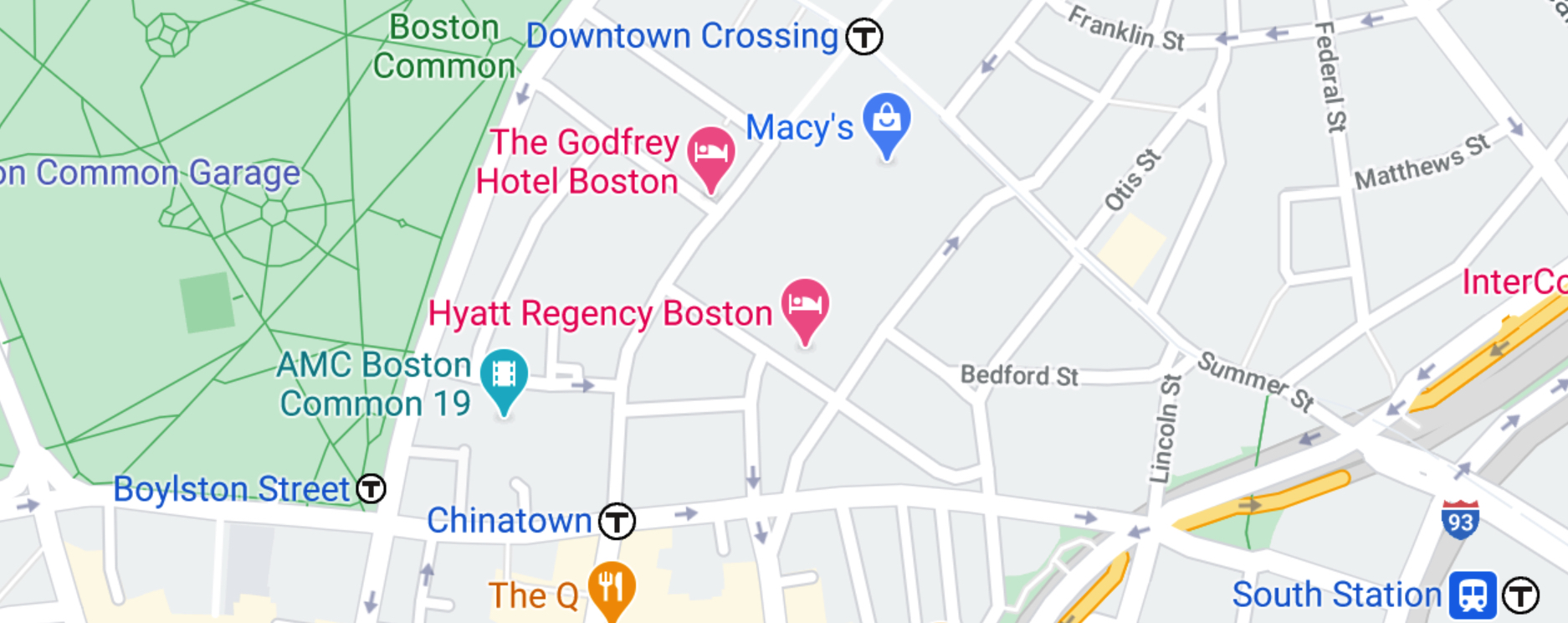
Sure enough, there was the large gateway to a real Chinatown, even by our San Francisco standards. I was unaware that we were right next to Downtown Crossing. I was also unaware of the tall skyscrapers of Boston’s Financial District, on the other side of the street. But, 29 years later, the Financial District would be the place where I would spend 3 months of my life.
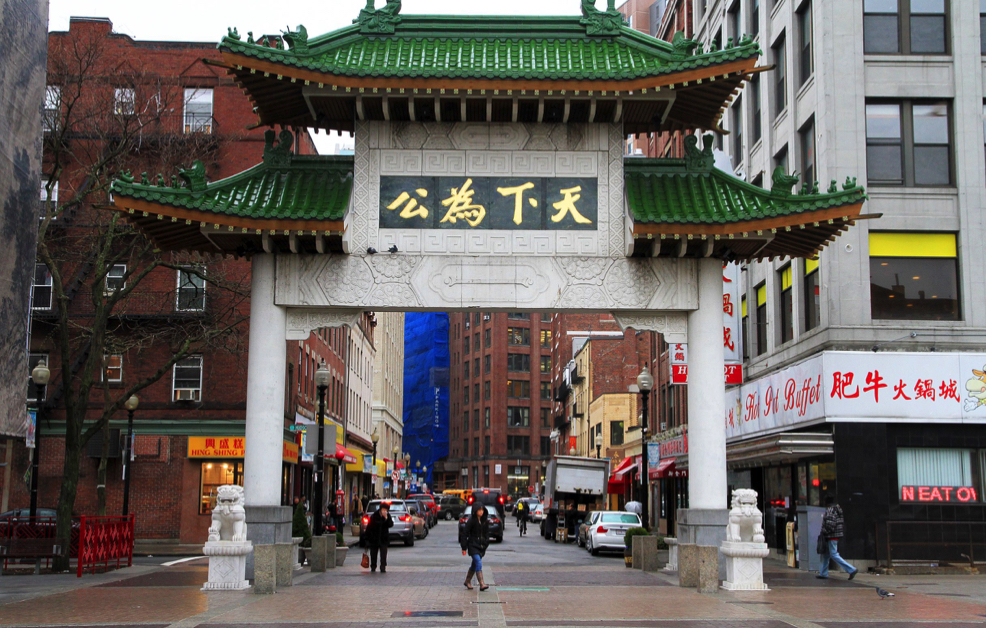
That 1975 trip to Boston had been during frosty early-November. This time my Logan touch-down was during muggy early-August. My choice of arrival-time was not ideal either. It was during the afternoon rush hour. Within minutes my shuttle driver had us out of Logan. We went down into, then up and out of the Summer Tunnel, plunging into the streets of Boston, with its noisy, chaotic stop-and-go traffic. We were engulfed by delivery trucks, automobiles, bicycle riders, and busses. Unique among these were funky, roaring, smoke-belching WWII amphibious-landing-craft-turned-tour-busses called “Ducks.” This is not how I’d remembered Boston.
But, not to fear, from there on out, traffic was not an issue. Boston is a “walkable” city, as I mentioned in a poem a few years ago. And furthermore, I had been put up in a four-star hotel, which was right in the middle of everything, only a block’s walk from our client, State Street Corporation.
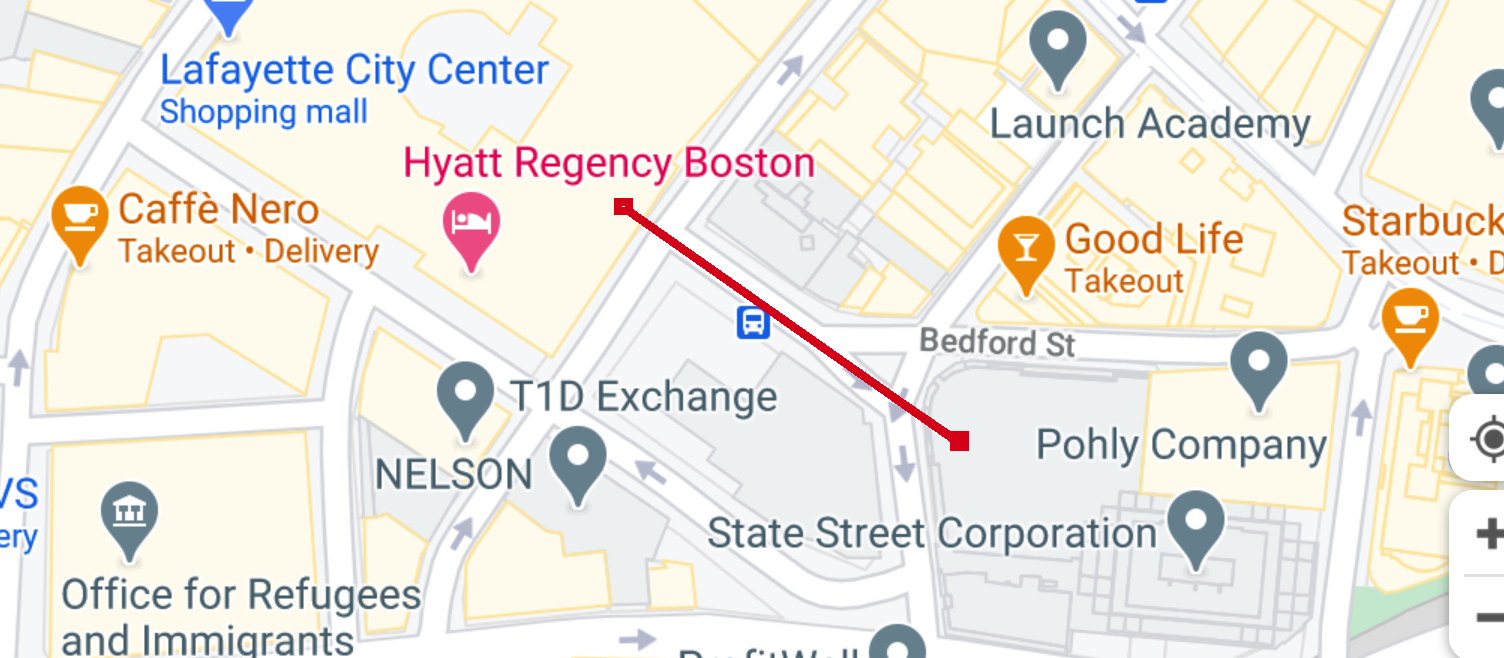
Saturday morning, just to be safe, I walked over there and back. This was a dry-run for Monday morning. Regardless of my care, Monday’s commute would be a fiasco,a total failure. It was inexcusable, but admittedly funny.
The whole mess started on Sunday evening. One of our senior consultants called me at the hotel. “I’ve got two boxes of laptops for your team to use while on the engagement. If I drop them by the hotel tonight would you mind walking them over tomorrow on your way to work?” Of course I wouldn’t mind.
I met him down at the garage attendant’s kiosk that night and took delivery of the boxes. They were a lot heavier and more ungainly than I had imagined. But, hey, it was only a block’s walk, right?
The next morning, I allowed just enough time to walk to State Street’s Building. But, instead of the front door, where the shuttle driver had dropped me on Friday, I proceeded out the garage exit, where I’d been just the night before.
After walking a block, instead of seeing our building, I saw good-old, vaguely-familiar Chinatown a few blocks distant. Total confusion ensued. Now I was close to being late for my first day on the project. Sweating profusely in my strictly-cosmetic wool sports coat, with heart-pounding, I walked briskly back to the hotel and asked the garage attendant to call me a cab.
Moments later, hefting the two boxes into the cab’s trunk, I told the driver “Lincoln Center One.” He exhibited a puzzled look, put the car in gear, and zig-zagged maybe a block and a half, stopping in front of our building. Fare: $3.50. I slipped him a ten, out of pure embarrassment. Then I hauled the slightly-unmanageable boxes into the building’s lobby elevator.
During my other free time that first weekend, I was initiated into a fact of Boston life that would be reinforced over and over again in my quarter-year there: The joint reeks of historicity.
On Saturday’s test-run to State Street, I had some letters to mail. I found the U.S. Post Office conveniently located just across from our hotel, on narrow Avenue De Lafayette. The PO was on the ground floor of a 19th Century-looking brown-brick building. On the corner of the building was a large, bronze plaque, reading:
“Here Alexander Graham Bell Transmitted to Thomas Augustus Watson The First Complete and Intelligent Sentence By Telephone March 10, 1876.”
The plaque doesn’t quote that “intelligent” sentence. But as I recall, it was something like, “Dammit, now I’ve burnt my lab coat with battery acid — Mr. Watson please come here, I need you.” Just kidding. It’s an historically true situation, but I took liberties with everything before the dash.
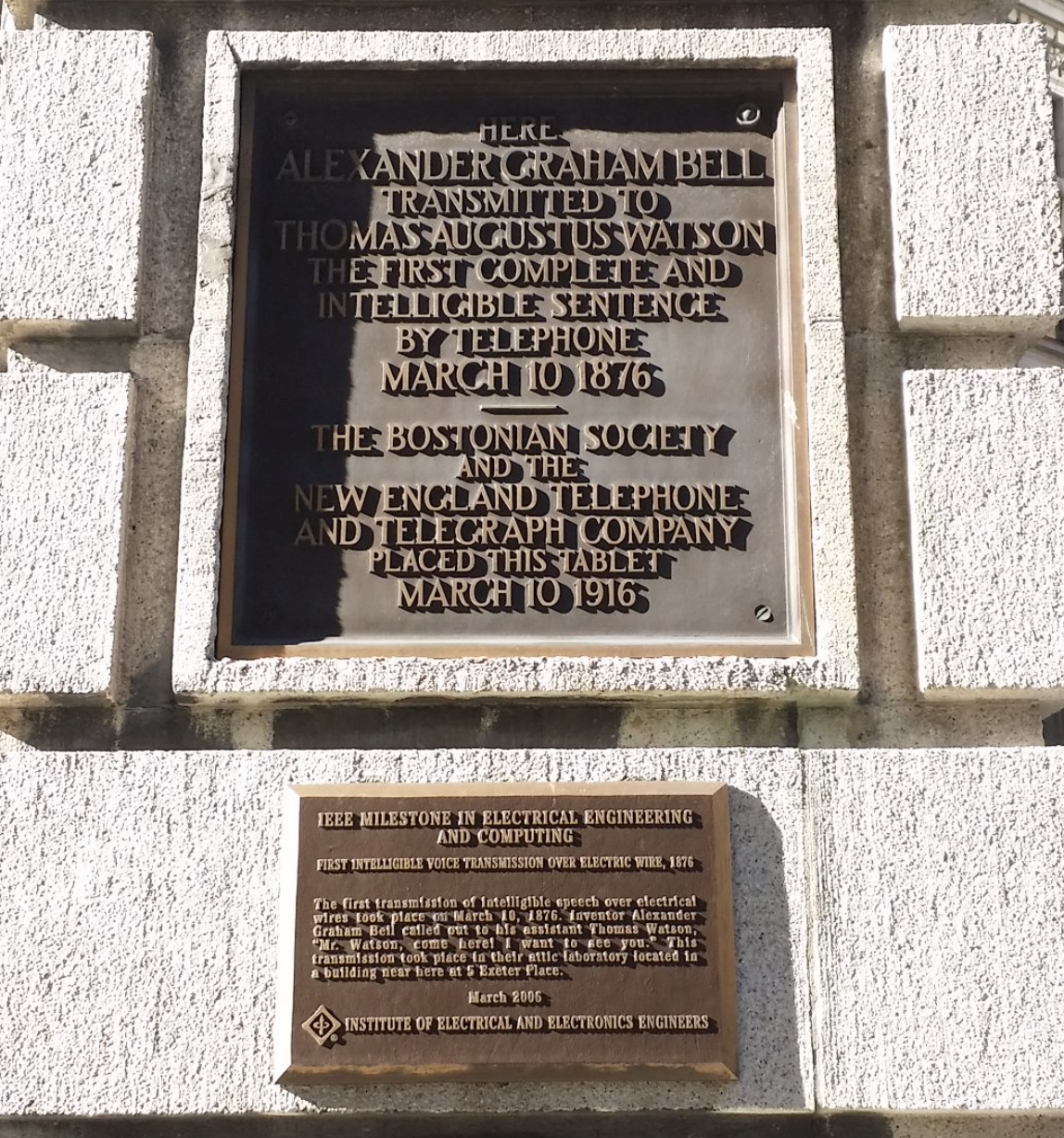
During that first weekend, just strolling around Downtown Crossing, I saw additional history. An early-20th Century building had a plaque that said, “Benjamin Franklin was born on this spot.” Down on the corner of Washington Street, across from Barnes & Noble, was the red brick church named “The Old South Meeting Hall.” A sign outside said, “Benjamin Franklin was baptized in this Church.” I wondered how and why he wound up in Philadelphia. I later learned that The Old South Meeting Hall was also where the ersatz “Indians” had assembled before going over to dump tea into the Harbor.
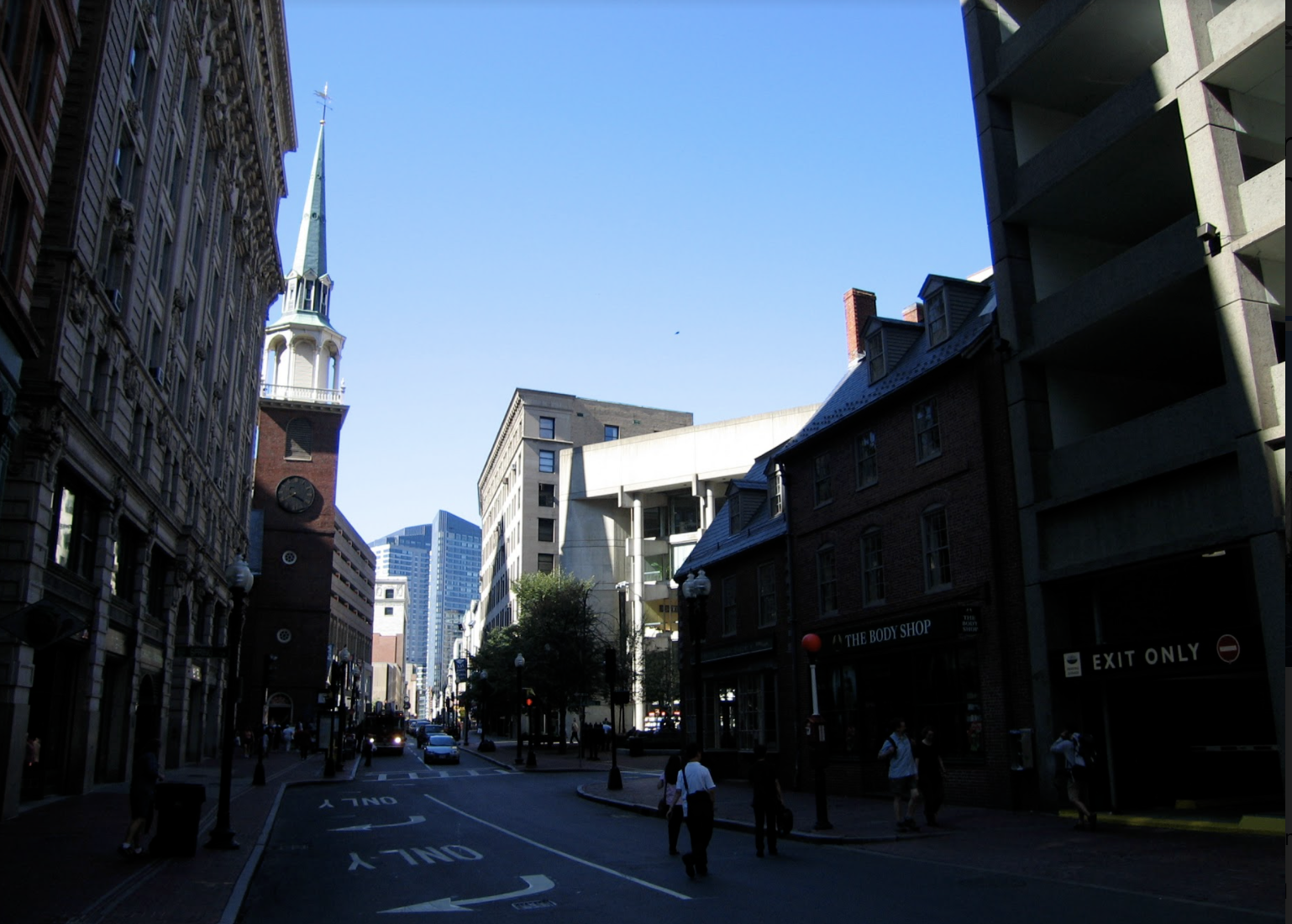
Just moments later, getting to the edge of the Boston Common, a sign declared “Boston Common 1634” (Only 14 years after Plymouth Rock!). Skirting around the end of the Common, on Park Street, I walked by the studios of Public Broadcasting’s nationally-known WGBH. Just diagonally across the street from that, on Beacon Street, is the Massachusetts State House. With its golden dome, it was the most prominent object in my view out the hotel window.
I was then drawn across the street from the State House by a small crowd, looking at a large, bronze sculpture in relief. It was a depiction of marching Civil War Soldiers, led by their commander, on horseback. The legend described an actual historical event: the day when the 54th Mass. Regiment—the first African American Volunteer Infantry unit—had marched in review, down Beacon Street, past the StateHouse, and on to their first engagement. The man depicted on horseback was Colonel Robert Gould Shaw. He was the regiment’s commanding officer, played by Matthew Broderick in the movie about the 54th, “Glory.” The triptych below, shows (L to R) the memorial, a painting entitled “The Second Attack on Fort Wagner,” then cover art from the DVD of “Glory” the movie.

All the above “history” was from one weekend in Boston’s Downtown Crossing, gleaned without the aid of taxi or “T” (Boston’s public transit system, the MBTA, previously MTA)
The T itself is a historical institution, having been immortalized by the Kingston Trio’s song “The MTA” in the late 50s. But the point here is this: the weekend I’ve just described, represents a lot of bang for the tourist buck. And it’s a lot to take in, from a stroll or two through a single Boston neighborhood.
A month or so later, my wife and youngest son joined me for a week. While I worked, they actually used “the T.” They even introduced me to it the next weekend. At the time, the fare was $1.25, and one could transfer an unlimited number of times—if going the same direction. Coming back to where one started was another $1.25. Now in 2020 the same fare is a bankrupting $2.40. By the way, the T’s fleet of conveyances even included a ferry to Provincetown (“P-Town” locally) out on the tip of Cape Cod.
From Downtown Crossing, branching out in all directions on the T, we saw some of the rest of Greater Boston. Way out East on the Green Line, we took-in a panorama of Boston from atop the 50 Story Prudential Building. The skyscraper looms over the “Back Bay” neighborhood of Boston. From up there, we could look down on Fenway Park. Its infamous wall, called the “Green Monster,” was clearly visible.
On the opposite side of the glass-enclosed observation floor, we could look down on the “Mother Church” of Christian Science. Around the deck, looking toward the North, beyond the compacted blocks of Back Bay residential homes, across the wide, placid Charles River, we could clearly see the dome and spreading campus of MIT, the Massachusetts Institute of Technology.
All this was achieved in 2004 with no rental car, no taxis—just the T. Actually, one day, we even took the T, across to Cambridge (for $1.25), and strolled around the MIT campus. At one point, during our self-guided walking-tour, we rested on a bench on the banks of the Charles. There we watched sailboats and enjoyed a wide-angle view of the entire city of Boston, across the river.
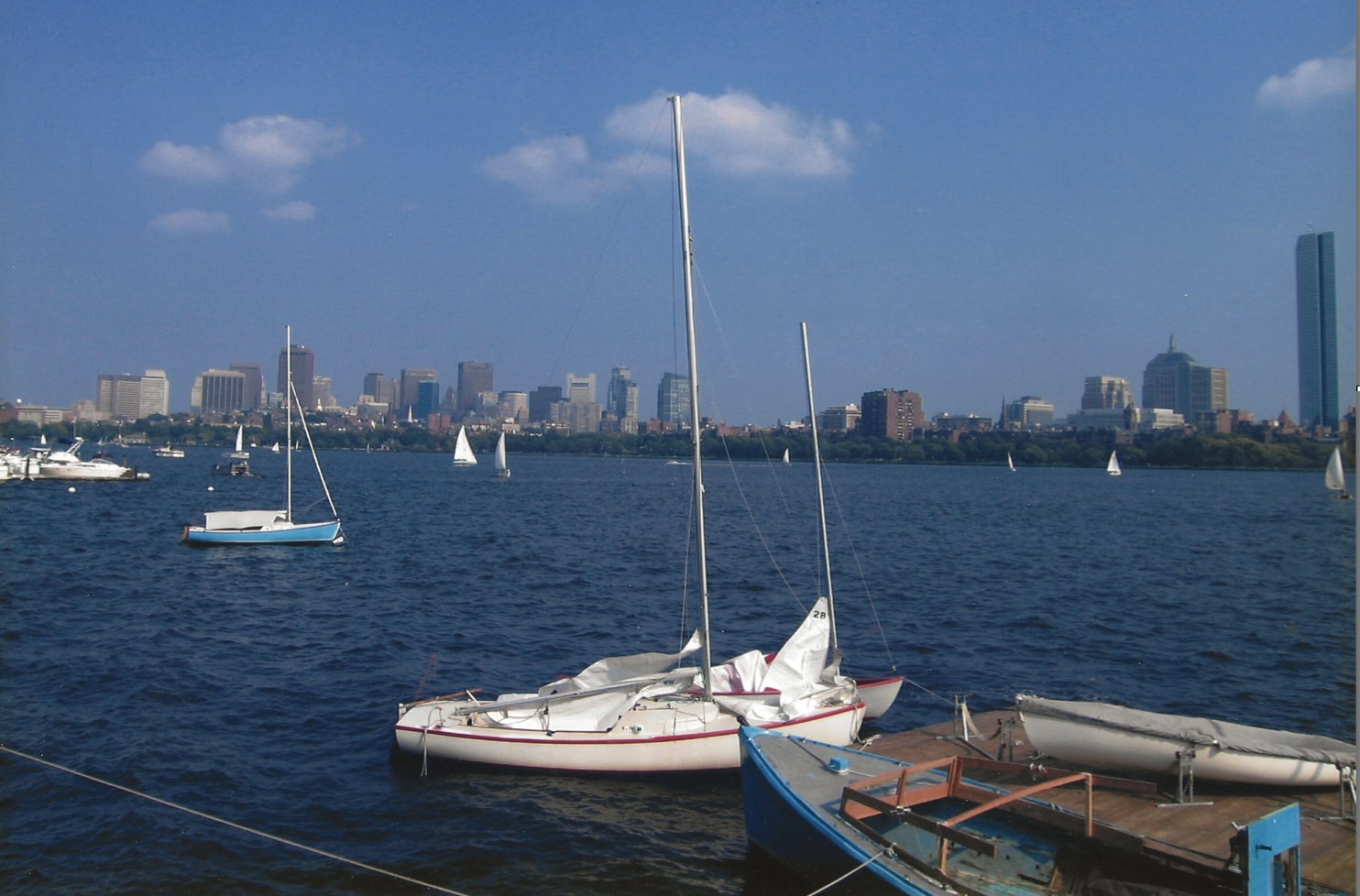
I won’t even go into all my fabulous meals at restaurants and Irish Pubs during that short gig in “Bean Town.” And, although the meal at the oldest restaurant in America, The Union Oyster House, is worth a mention, I want to save the conclusion of this piece for the last evening’s meal.
The evening before boarding the morning shuttle for Logan, I had not yet experienced the mandatory Lobster dinner, with all the trimmings. So checking around, someone—probably the hotel concierge—recommended the Parker House, birthplace of the eponymous dinner-roll.
Being excited, I arrived at the Omni Parker House at 5:00 pm, a half-hour before the dining room opened. I was invited by the hostess to wait in the lobby. She pointed to an antique-looking Queen Anne chair, near her lectern. Resting and taking in the old lobby, I read on a large easel a bit of history about the Parker House. This included the fact that the hotel was Charles Dickens’s headquarters during his tour of the United States.
“My God,” I thought, “he may have sat in this very chair… it seems old enough.”
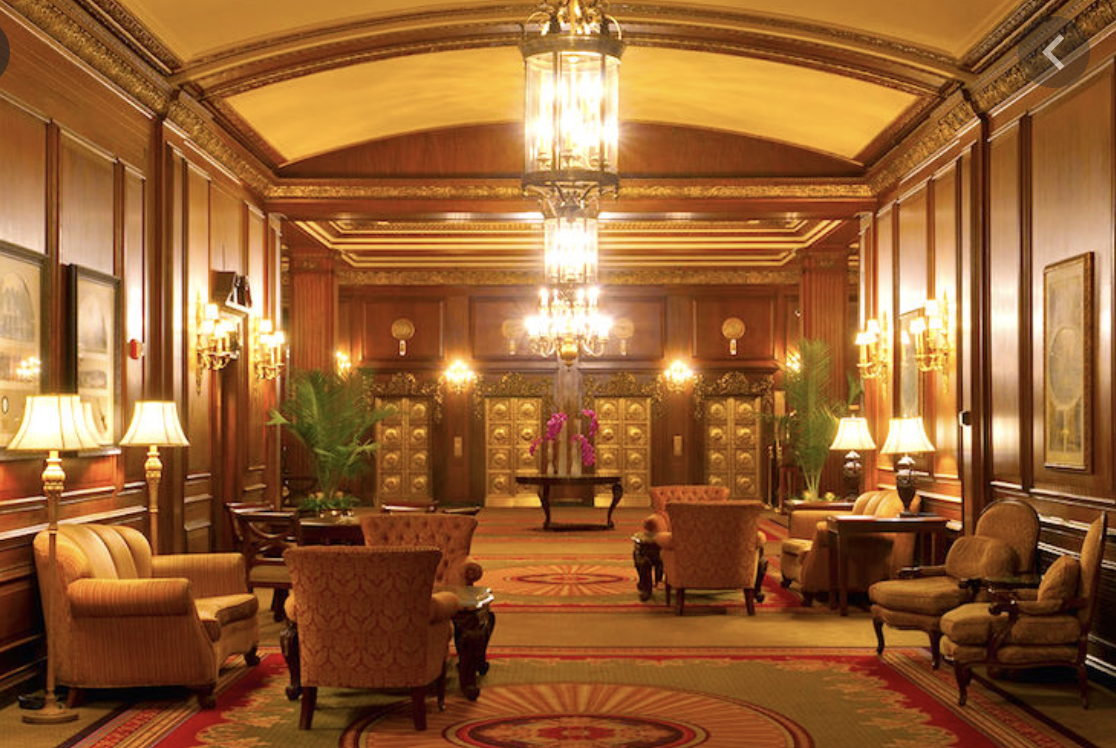
Shortly, I was seated, and then presented with my Thanksgiving-level meal, with the largest, reddest and most perfect lobster one could imagine. It was arranged astride a silver platter, in loco turkey. In the chats with my server, a nice middle-aged lady, I mentioned the history I’d read on the lobby easel.
“Oh that’s nothing, see that table over there by the window, next to the draperies?” I did. “That’s where John F. Kennedy proposed to Jackie.”
Leaving the dining room later, satiated with lobster and all the trimmings, I had one last backward glance at that table by the window, next to the draperies.
A fitting historical ending to a great 3 months in a historical city.
